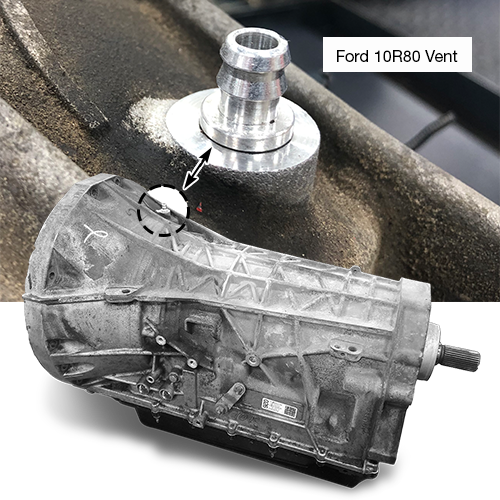March 04, 2025
Tackling Ford & GM 10-Speed Valve Body Problems, Failing Batteries & More!
Jim Mobley
 Some of you may remember the early days of 3-speed transmissions with incorrect dipsticks and debates about ATF levels. Well, that debate is still going strong today. Venting excess ATF still occurs when a unit is overfilled, and overheating has now come on board blazing hot with the latest Ford 10-speeds.
Some of you may remember the early days of 3-speed transmissions with incorrect dipsticks and debates about ATF levels. Well, that debate is still going strong today. Venting excess ATF still occurs when a unit is overfilled, and overheating has now come on board blazing hot with the latest Ford 10-speeds.
To the point, if you have an overheating/venting condition after repair on one of these units, make certain to check the ATF level first. We have found that as little as 1 qt. (1 L) overfilled will cause both overheating and venting on them.
They typically come into the shop for repair of the CDF drum. Upon installation, it is cold when ATF level is checked on the lift and it gets filled to top level, which is about a quart over the full mark after it reaches operating temperature. Some units have a thermal valve, so that makes it even more important to do the final check at operating temperature.
As an example vehicle, we will use a 2020 Ford F-150 4x4 (all engines) 10R80 transmission. During internal repair dry, a total of 13.0 qt. (12.3 L) of MERCON® ULV automatic transmission fluid XT-12-QULV is needed.

Hopefully this will keep mayhem away when repairing Ford 10R60, 10R80 and 10R140 transmissions. Watch this video for a quick review of how to properly check ATF levels when diagnosing Ford 10-speed venting/overheating problems.
March 04, 2025
Jim Mobley
April 07, 2025
Caleb Perham
May 06, 2025
Jim Dial
November 11, 2025
Jim Mobley
While Sonnax makes every effort to ensure the accuracy of technical articles at time of publication, we assume no liability for inaccuracies or for information which may become outdated or obsolete over time.